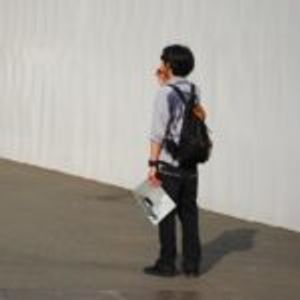
Since the Edo period (17th century), the Edo-moji script has been used in Kabuki theater, on lanterns, and on Senja-fuda, a type of paper used back then. The works created by sneakerwolf, which combine such traditional Japanese culture and the alphabet, are unique and have been called “Edo-style graffiti” or “Kanji graffiti”, and are now expanding beyond the boundaries of street art.
Although his work has been appearing more in the past few years, he has actually been drawing for more than 10 years. We asked him about the reason why he created Kanji-Graphy and the message he wants to convey, at his studio.
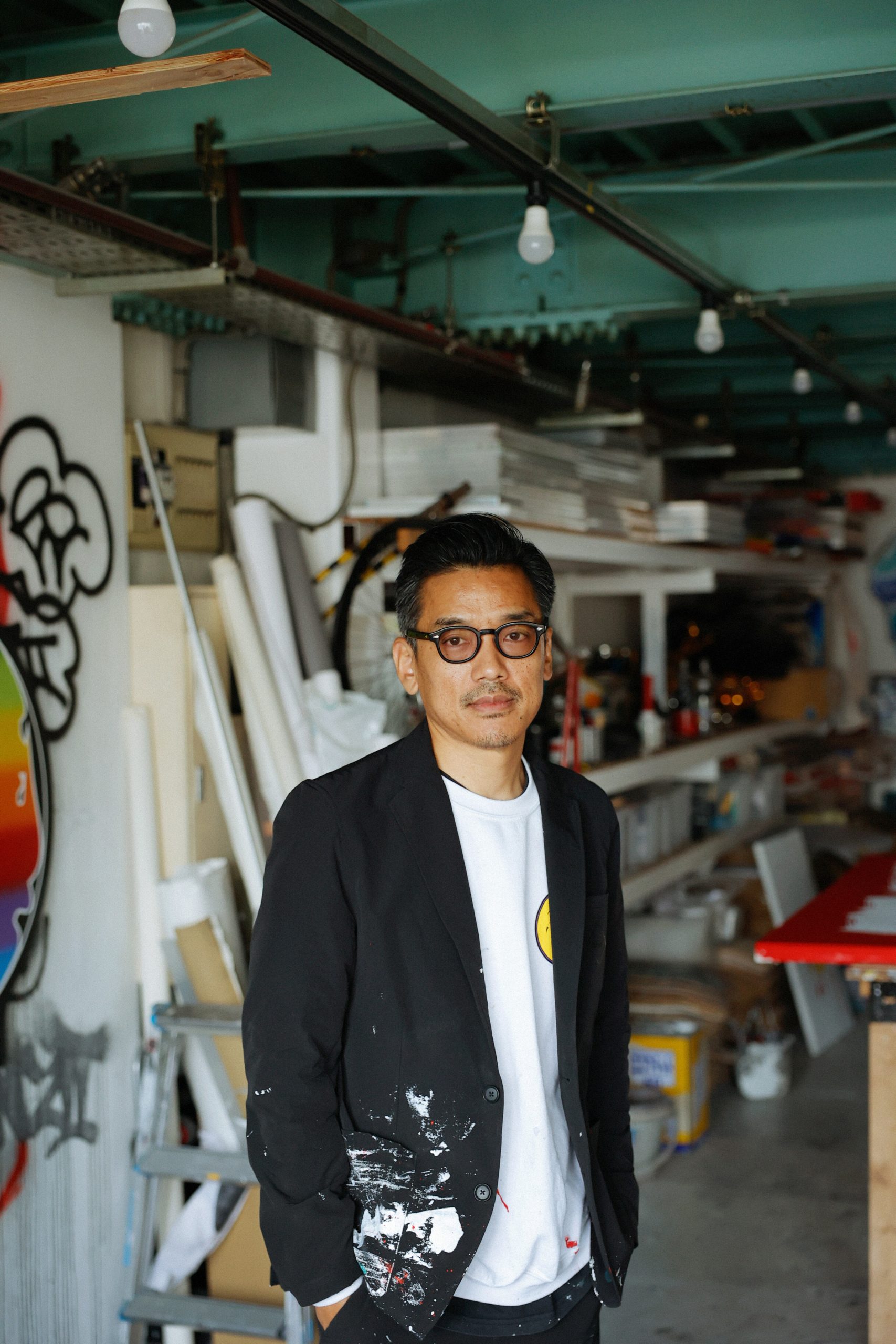
sneakerwolf
Artist based in Tokyo who has worked in graphic design and sign painting since his twenties, and has worked on window paintings for Supreme. In 2017, he held his first solo exhibition with his original graffiti work “Kanji-Graphy”, using Edo characters as motifs. Since then, he has been showing his work regularly and has been gaining popularity through collaborations with apparel brands and artwork for events.
https://www.sneakerwolf.com
Instagram:@sneakerwolf
I thought no one would like it
――How was the Edo-moji graffiti that you created born?
sneakerwolf: I was asked by a friend who was working on a brand to do some design work, and worked as a graphic designer there for a while. I was always searching for my own method of expression and style, separate from the art I made for work. Through that search, I happened upon graffiti that used Edo-moji as a motif.
――When did you start drawing it?
sneakerwolf: It had already taken shape over fifteen years ago, but I thought no one would like it. I wasn’t confident and was embarrassed to show it, so I never got it to the point where I could present it as a piece of work. I was just drawing it as a hobby. But then, for some reason, my friend Shitano of WHIZ LIMITED praised my work and said I should release the designs as soon as possible. So I held an exhibition of my works, including Kanji-Graphy, at his store. That helped me gain a little confidence, but I didn’t think I could keep going as an artist.
――Why didn’t you want to put yourself out there?
sneakerwolf: I probably didn’t have the courage (laughs). It was the same when I was a middle schooler. I wanted to do graffiti but didn’t have the courage to go outside and do it. I was scared of something happening… So back then, I was happy drawing in my notebook and on the walls of my bedroom. I think there are a lot of people like that. I also didn’t have any experiences of success between the time I graduated to when I started Edo-moji graffiti. If I had just one experience of success, I might’ve said, “I made something good! I can put it out into the world!” Back then, my actions often backfired on me. It’s not like I didn’t have confidence in the work itself, but I couldn’t put it out there.
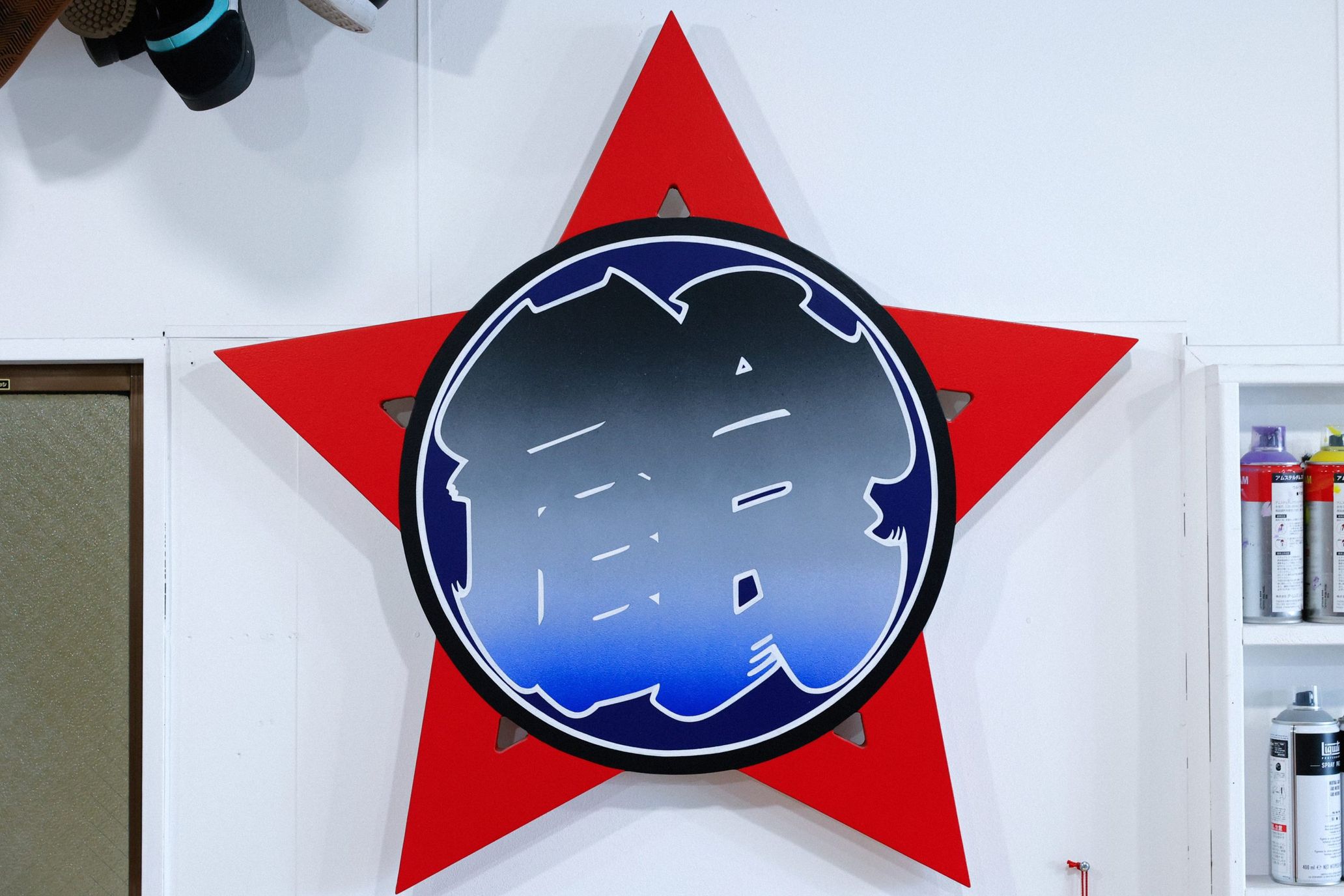
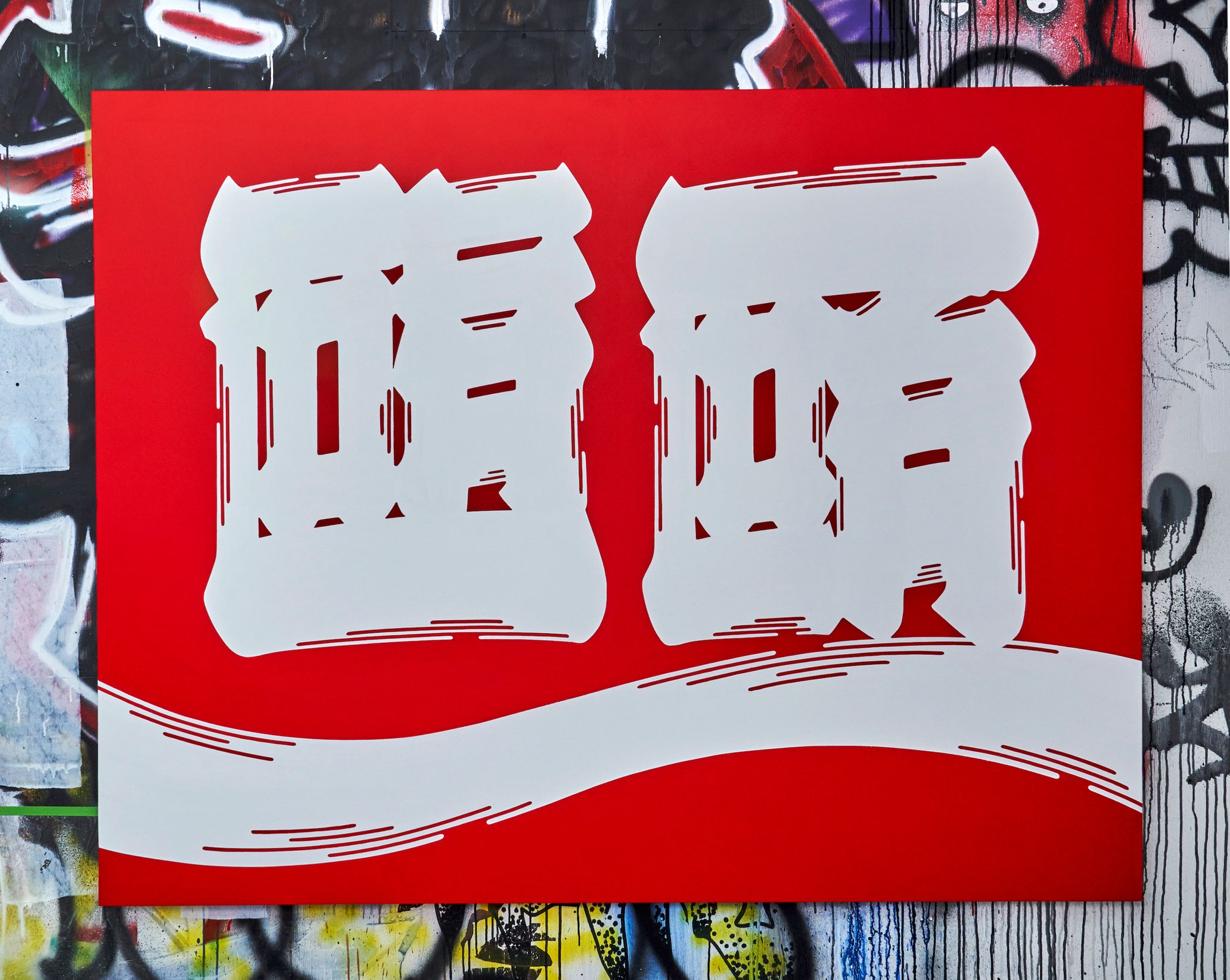
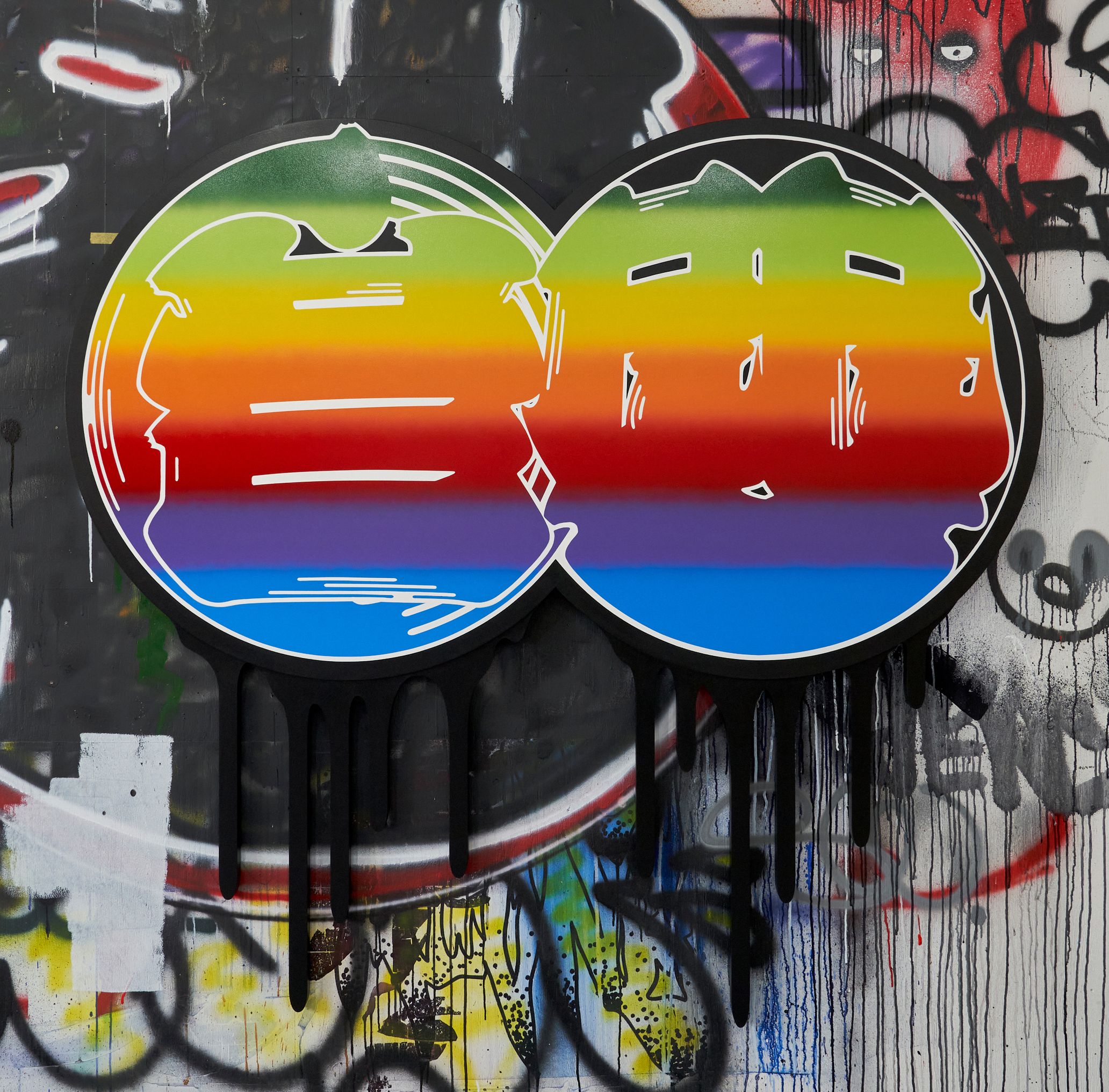
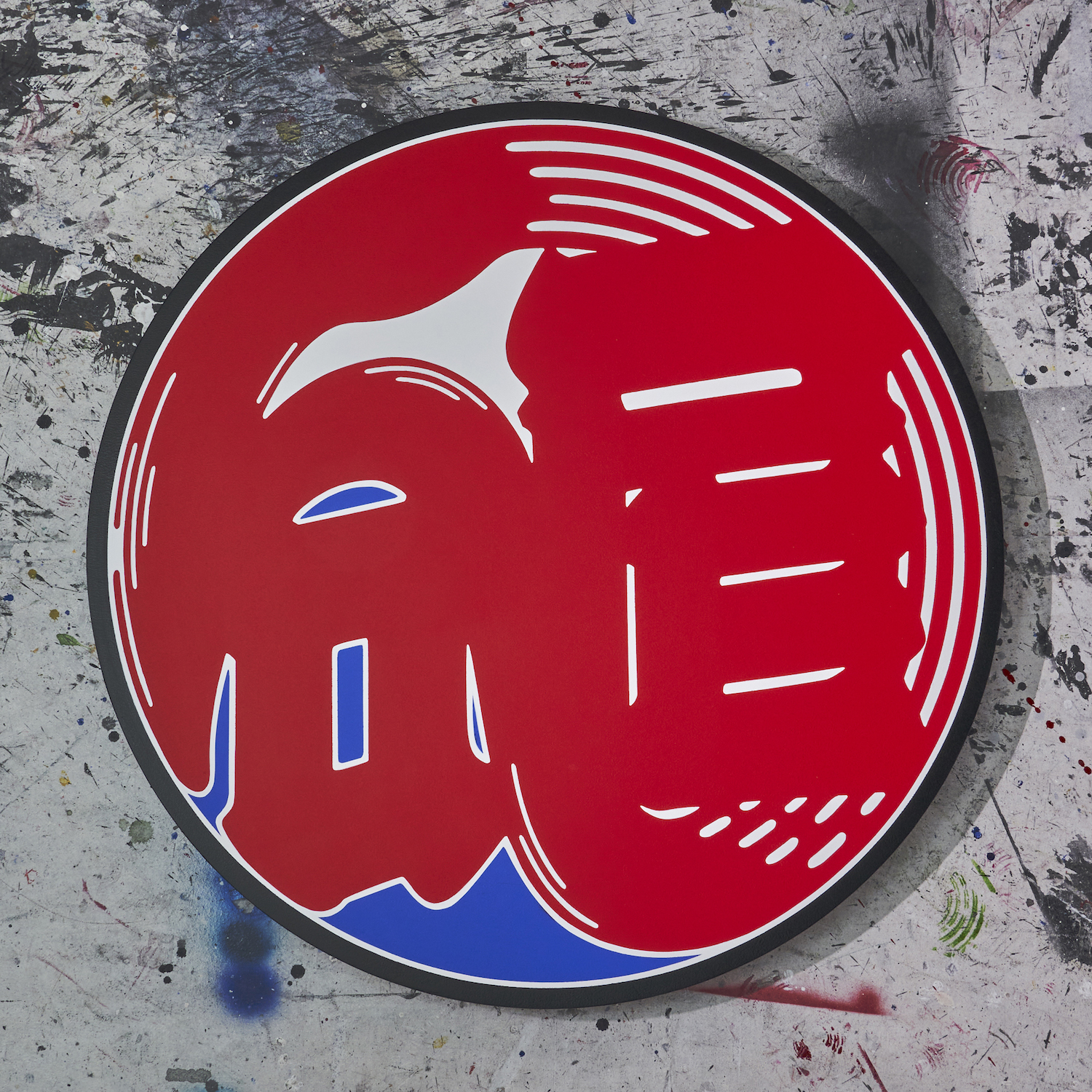
――Edo-moji graffiti has now become your most symbolic work. Please tell us how you came to present it to the public.
sneakerwolf: I was initially involved in a sneaker brand, but there were some issues so I decided to quit. I was around forty at the time. With the brand gone, all I could do was draw. I became increasingly irritated and decided I was going to do whatever I wanted because I was probably going to die soon anyway. From there, I had my first Kanji-Graphy series solo exhibition in 2017 under the artist name sneakerwolf. Without the problems at the brand, I don’t think I would’ve ever presented work that was just Edo-moji graffiti.
――I wasn’t aware of such troubles! So how is Edo-moji graffiti made?
sneakerwolf: When creating a piece, I first sketch it onto paper, then I choose whether to use a round or square canvas. Then I prepare the canvas myself and expand on the idea.
I add color after sketching it out and change the thickness of the outline after looking at the proportions of the line thickness and the color scheme, and redraw it over and over again. I don’t know the details of the time it takes to make a piece, but it probably takes about a month or two. When it’s work for a client, there’s an extra step of converting it into data.
――Amateurs like myself can’t immediately tell what’s written on some of these pieces. What are the characters on the skateboard and shoebox?
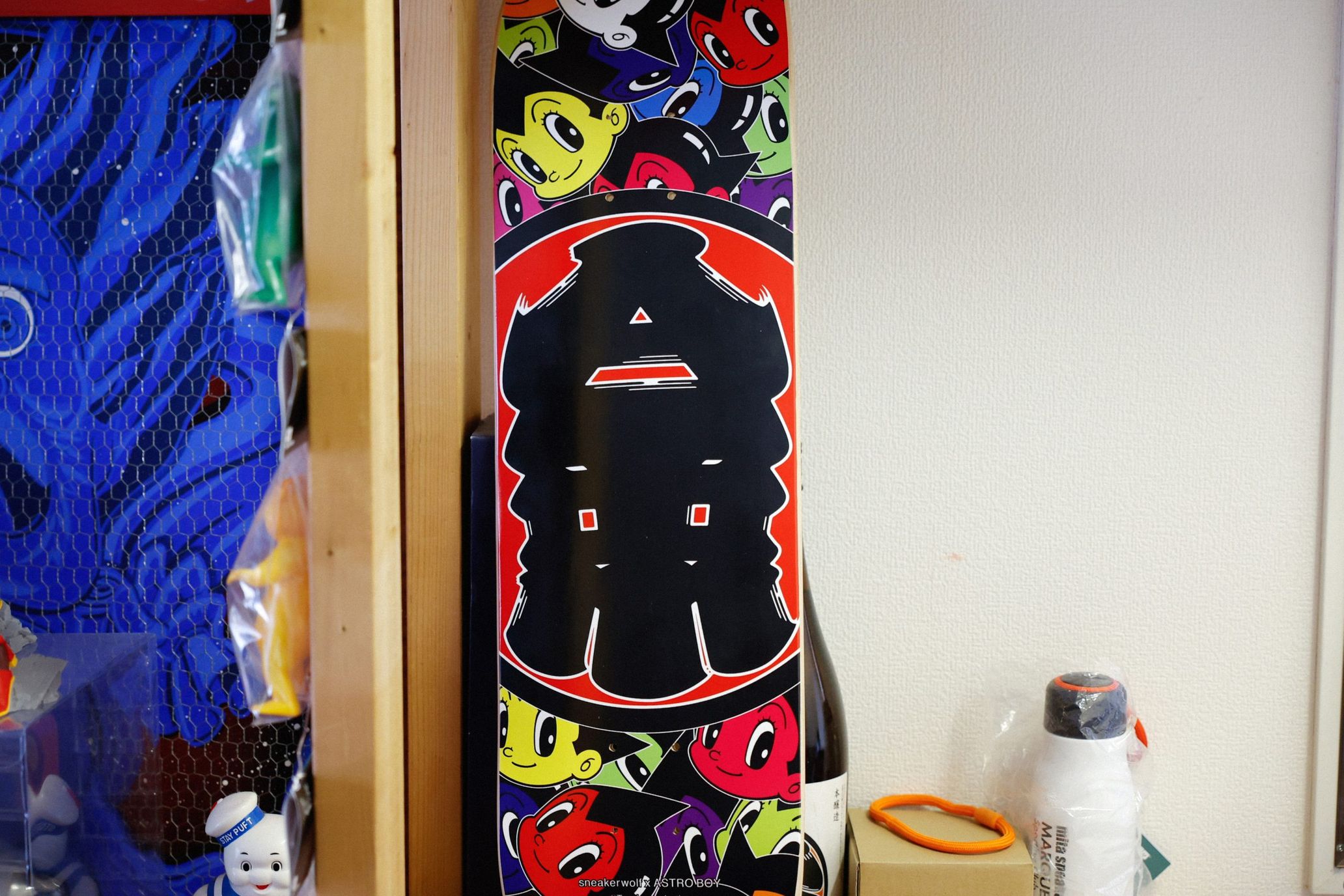
Skateboard by sneakerwolf x Tezuka productions x SECRETBASE (sneakerwolf’s personal item)
sneakerwolf: The skateboard says “ATOM”, and the sneakers say “ASICS”. Naturally, I’ve combined letters of the alphabet.
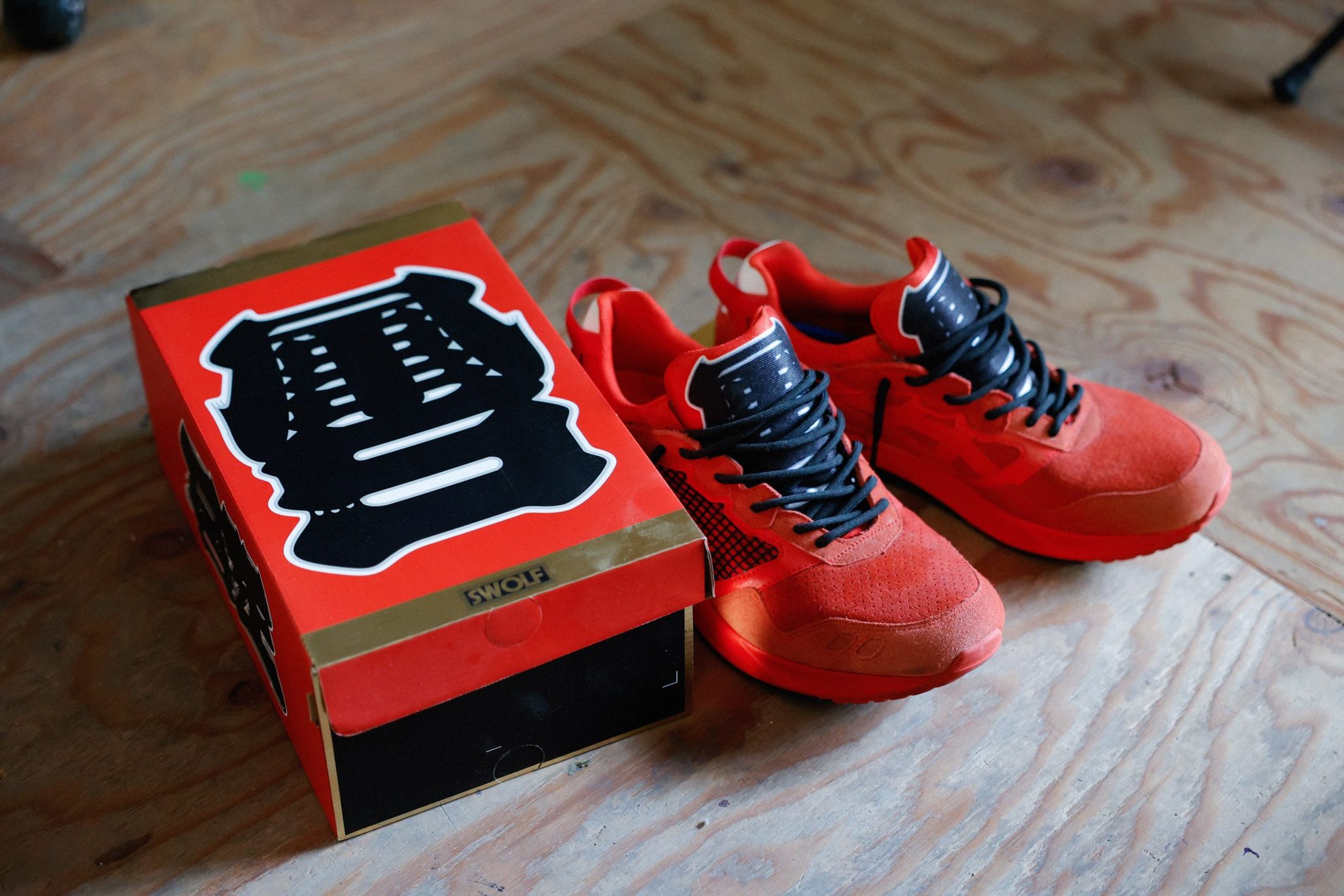
sneakerwolf x ASICS SportStyle sneaker (sneakerwolf’s personal item)
――Does the image of the final product pop up immediately when you’re converting the alphabet into Edo-moji?
sneakerwolf: It’s usually immediate. For example, if I’m asked to write a brand name with the alphabet for a collaborative work, I can glean whether to make it round, square, and how to combine the English letters immediately after seeing the appearance of the letters. I can do it because of experience, although there are times I’m not happy with the finished product.
――How many Edo-moji graffiti pieces have you created to date?
sneakerwolf: (thinking long and hard) I have no idea (laughs).
――Does that mean there are too many to count?
sneakerwolf: I think it’s a fathomable number… But I have absolutely no interest in anything that’s finished. When I’m done with a piece, I don’t care about it anymore. I’m not attached to the number of pieces, awards, or gold medals I get. I do think I need to take more responsibility for my finished work, but thinking about the work and then drawing it is still the final step in my mind. As I mentioned earlier, I’m not physically going out to do graffiti. When someone doesn’t publicly show their pieces after they’ve been created, the goal becomes the creation process itself, not the self-expression that can be communicated through that process. The mindset is that the process of drawing is the goal.
As a kid, I liked drawing Gundam on the back of newspaper fliers. The moments I spent drawing were always fun. Maybe nothing has changed since I was a kid. I become uninterested once the piece is done.
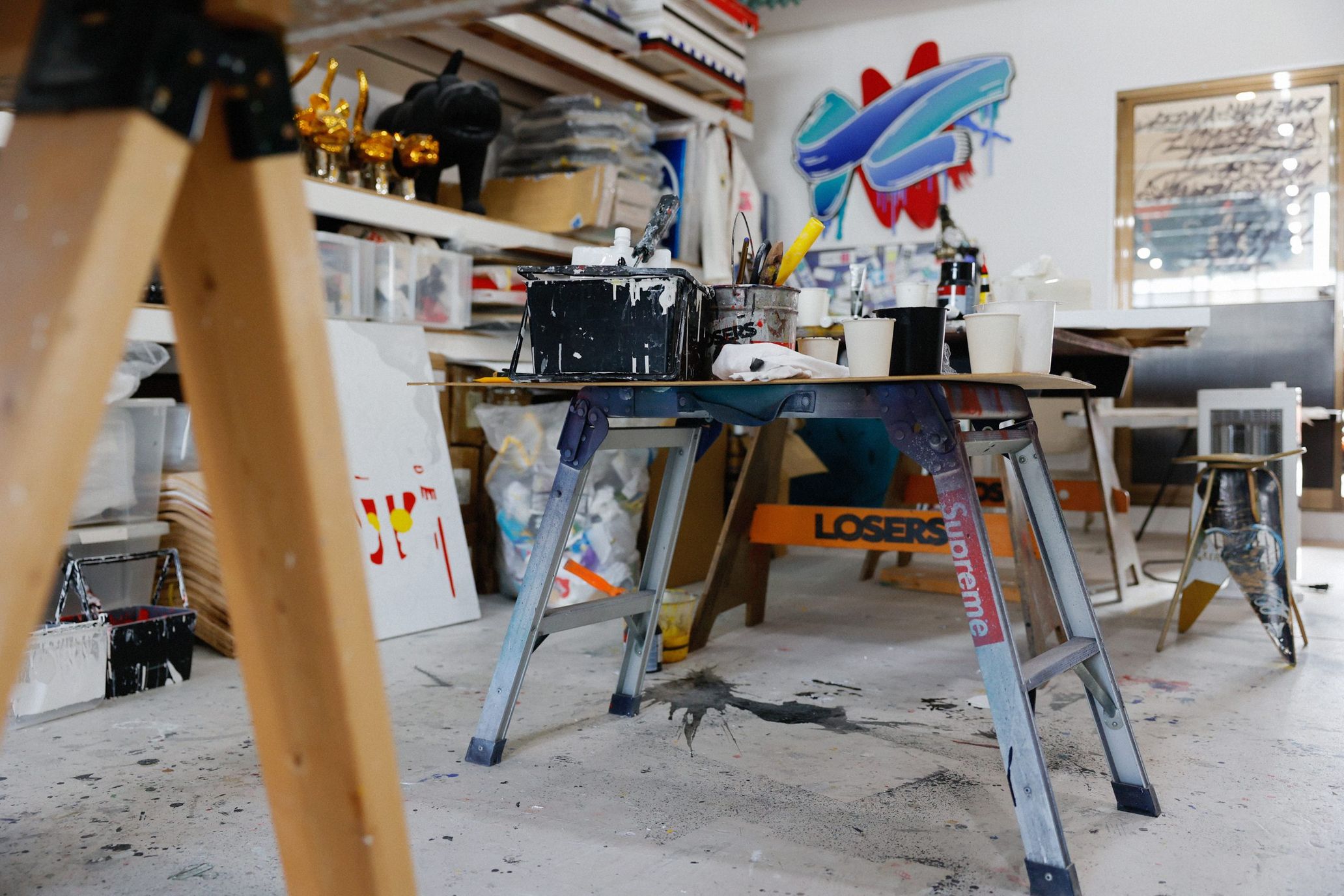
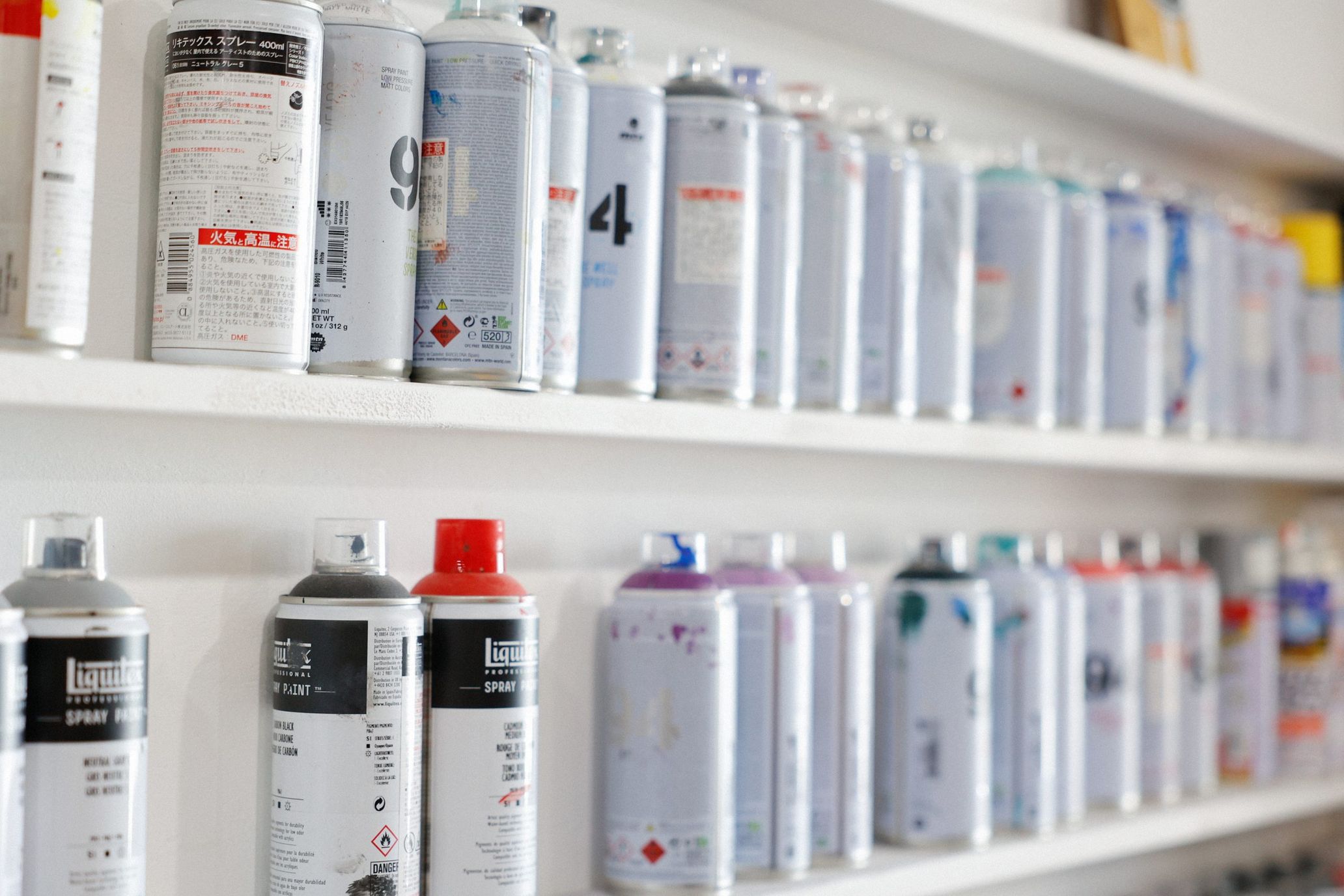
There is no need to continue creating Edo-moji graffiti If I can keep using the concept of “breaking stereotypes”
――Are you currently making designs other than your Edo-moji graffiti works?
sneakerwolf: Not anymore. I no longer get client work for other designs.
――Is there anything you’d like to create?
sneakerwolf: Hmm, there’s nothing in particular. But I do have ambition, and have thought about going abroad. I’ve thought about doing a solo exhibition and selling all the artwork and making a lot of money from it, but there’s nothing specific that I want to do. I’m bad at thinking far into the future. It’d be nice if I could say something like, “I’m calculating everything for the future”, but I’m unable to, so I just do what’s in front of me, go deeper in my work, and hope that my art will be recognized.
――You posted a while back on social media that you wanted to create character-based pieces. Have you already created something like that already?
sneakerwolf: I actually haven’t yet (laughs). When actually trying to draw it, I couldn’t come up with anything. I’ve never actually created my own work other than the Edo-moji graffiti, so it was surprisingly difficult to know where to start… I was able to think of something for the Supreme window painting because they gave me a Christmas theme, so all I had to do was draw what I thought up. I also studied a lot about art, which I think actually makes it harder for me to draw.

――It took you a long time to present the Edo-moji graffiti to the public, and based on what you’ve told me, it doesn’t seem like you’re the type to present work solely because there’s momentum.
sneakerwolf: That’s true. I’m not confident, so I try to arm myself with logic. If I have a reason for why I created the work and can say what the thought process was, I can hide my lack of confidence and embarrassment. I’m not interested in making things without logic.
――You’re sporting a jacket today. Is that always what you work in? My image of you is a bit different since our last encounter.
sneakerwolf: Yes. I’ve recently felt the urge to work with a suit on, so I wear one everyday. It’s the suit from a collaboration I’m doing with F.C. Real Bristol at the start of the new year.
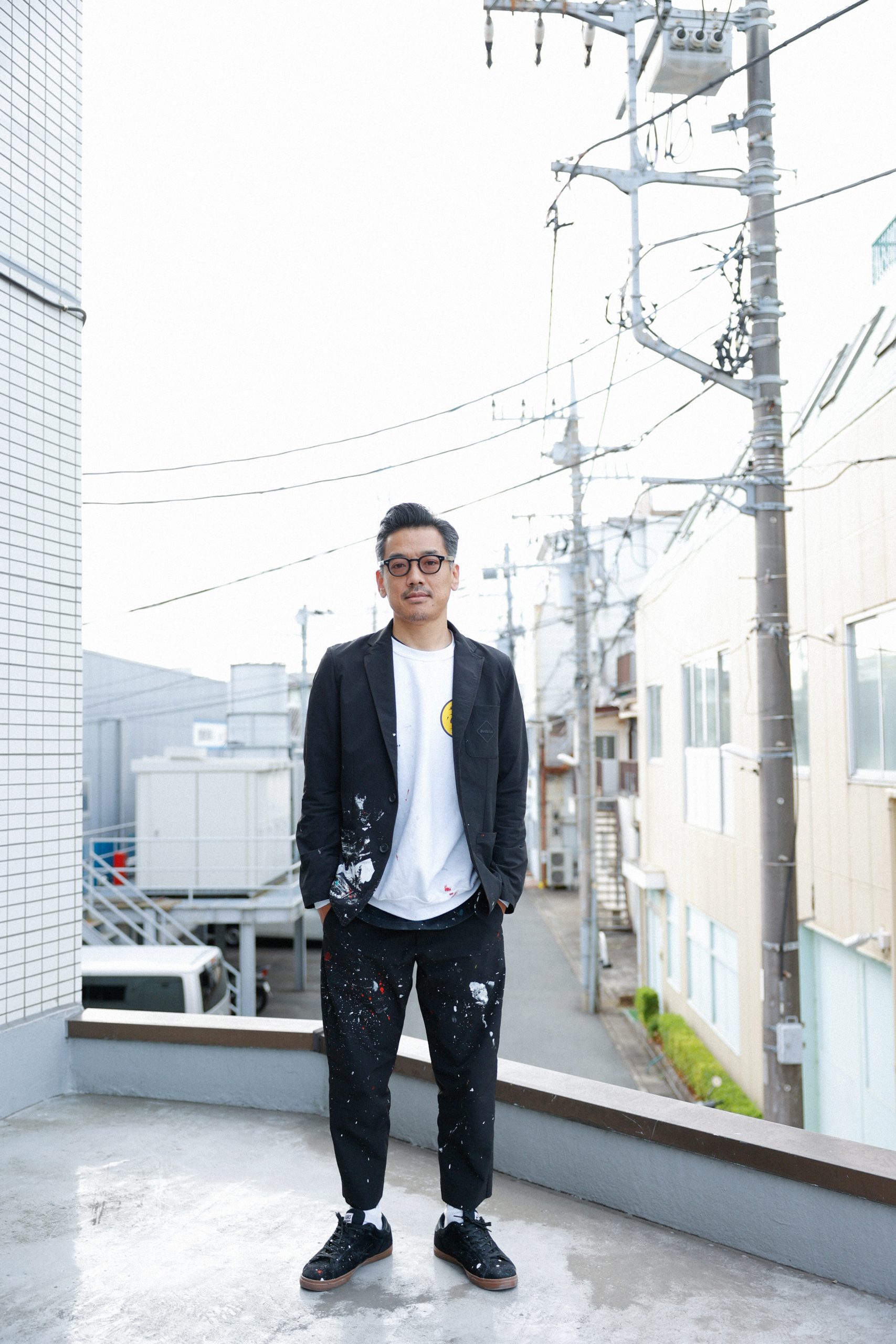
――Why did you feel the urge to start working in a suit?
sneakerwolf: Street artists are usually bearded and wear Dickies and a windbreaker (laughs). Or they have tattoos. I was growing tired of that image. I really dislike stereotypes like that, where you assume what a person of a certain genre is like, and you judge someone based on their external image. So I decided that I would dress in a suit when I’m making graffiti-based art, something that is in direct contrast to the style of a normal graffiti artist.
――Do you also not like people assuming what you’re like because of your job?
sneakerwolf: Yes, I heavily dislike that. My father was the type to push the phrase, “if you’re a man”. He’d say things like, “don’t cry if you’re a man”, or “if you lose a fight, fight back”. I really didn’t like that either. It made me feel uncomfortable, and I always wondered what he was talking about. Phrases like “if you’re a man” are based on someone’s personal stereotypes, values, and biases. If you think about it further, there’s no doubt that the imposition of these individual or commonplace stereotypes are largely responsible for the discrimination and harassment problems in the world. People make judgments based on stereotypes they have. Perhaps the world is full of stuff like that. I hate that. If those stereotypes, prejudices, and conventions disappeared, I think discrimination would decrease dramatically. There are concepts and messages in art, but since the art comes first in my case, I tack on the concept after. Through the five years I’ve been doing this, I’ve come to realize that I want to communicate the idea of breaking stereotypes through my work.
――You’ve incorporated the message of breaking stereotypes in your work, and wearing the suit is part of that message.
sneakerwolf: It is. Conversely, if people started talking about how I’m always wearing a suit, I might suddenly change into Dickies (laughs). I don’t want to fit into a stereotype. Even when people see my art, most people assume it’s kanji at first. That’s a stereotype. People make an assumption based on their memory and knowledge that the art is written in kanji, but once they realize it’s written with the letters of the alphabet, the stereotype is shattered, causing them to acknowledge the fact that people make quick assumptions about things. This is my message.
However, there’s no need to continue creating Edo-moji graffiti If I can keep using the concept of “breaking stereotypes”.Personally, I’d be willing to do anything, whether it’s 3D structures or film. If there’s something else I wanted to do, I’d be willing to quit doing Kanji-Graphy whenever.A stereotype imposed on artists is the assumption that they’ll keep making the same art. Although I don’t think I’ll actually quit making Kanji-Graphy, since I personally love it (laughs).
Photography Shinpo Kimura
Text Kango Shimoda

